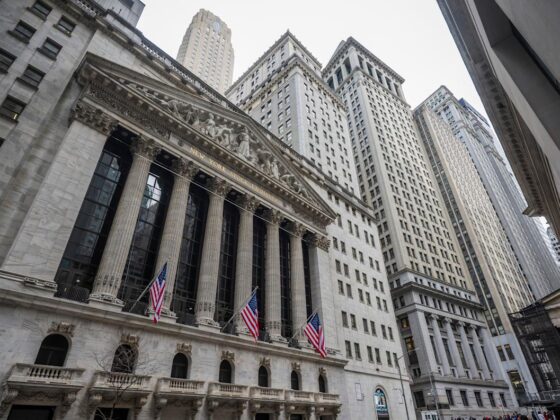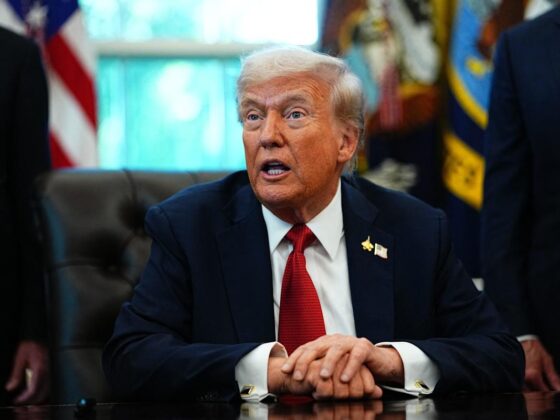Gold prices surged to a fresh record high on Tuesday, buoyed by deepening geopolitical tensions, growing expectations of further US interest rate cuts, and mounting concerns that financial markets have risen too far, too fast.
At the time of writing, gold futures had gained 0.3%, reaching $3,787.80 per ounce, while the spot price rose 1% to $3,750.45 per troy ounce, after briefly hitting a new record of $3,759 earlier in the session.
The precious metal has benefited from its traditional status as a haven asset during times of uncertainty, and investors currently face no shortage of reasons for caution. Ongoing conflicts in Ukraine and the Middle East, persistent inflationary concerns, and political risks in the US have all contributed to the rally.
“Tense geopolitical risks in Ukraine and Gaza” are among the key drivers of gold’s momentum, said Ipek Ozkardeskaya, a senior analyst at Swissquote Bank. “For Gaza, an increasing number of developed nations are recognising the state of Palestine, straining relations with Israel and the US – the latest being France,” she said.
“In Europe, meanwhile, countries close to Russia’s border worry that Moscow is testing Nato’s nerves with repeated airspace violation.”
Read more: FTSE 100 LIVE: Stocks higher and gold at records as geopolitical uncertainty mounts
Fears that Donald Trump could undermine America’s fiscal health by driving up borrowing, and his undermining of the US Federal Reserve, are also making gold look an attractive safe place for traders.
Central banks have also been significant buyers of gold in 2025, accelerating efforts to diversify their reserves and reduce dependence on the US dollar.
“I think it's predominantly a factor of monetary policy expectations, potentially lower interest rates, and upside risks to inflation,” said capital.com analyst Kyle Rodda.
While the broader trend remains supportive for gold, some analysts believe the rally may pause in the near term.
“The short-term trend is still bullish intact, but on an intraday basis, we do expect a short-term pullback more due to technical factors,” Oanda senior market analyst Kelvin Wong said.
Although gold lacks an income yield, unlike interest-bearing assets such as cash or bonds, falling interest rates would reduce the opportunity cost of holding the metal, making it more appealing to investors.
Jim Reid, market strategist at Deutsche Bank, said gold prices were “well on track for their strongest annual performance since 1979, when prices surged +127% against the backdrop of the oil crisis after the Iranian Revolution, which caused a fresh surge for inflation and led investors to seek out gold as a hedge against that.













